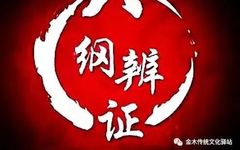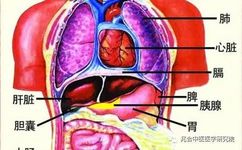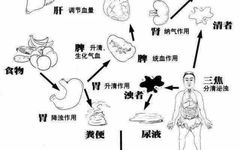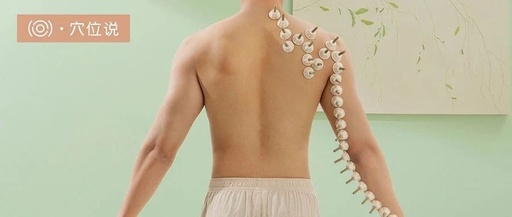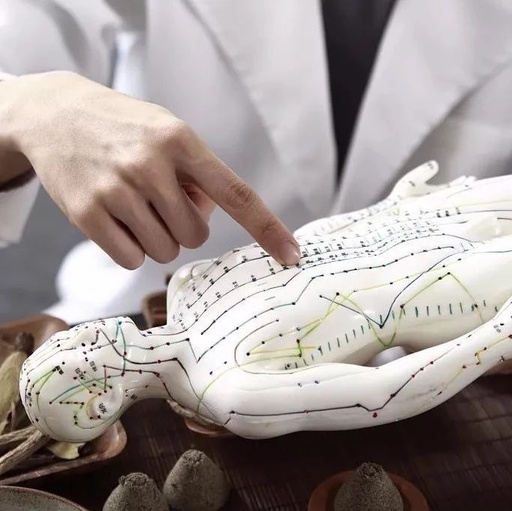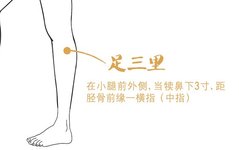The Eight Principles of TCM Diagnosis: A Comprehensive Guide
The Eight Principles of Diagnosis: A Comprehensive Overview of Disease Etiology The differentiation of Zang-Fu organs is the core; the differentiation of Qi, Blood, and Body Fluids is clear. External pathogenic heat diseases are differentiated by levels; assess the disease’s syndrome and type. Eight Principles Diagnosis – Exterior Syndrome Exterior syndrome is caused by external … Read more

